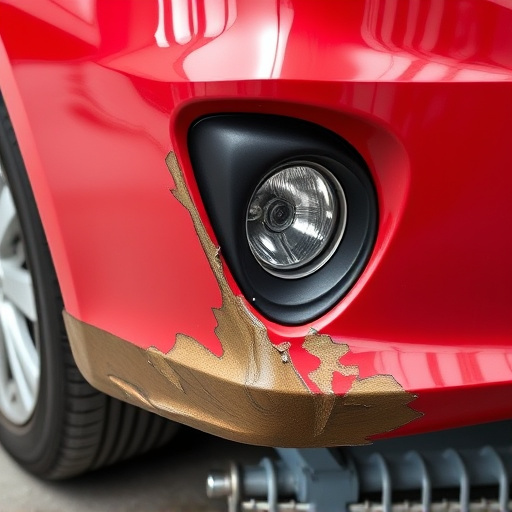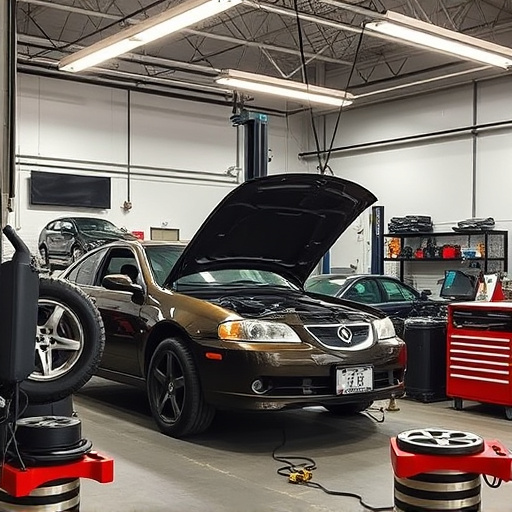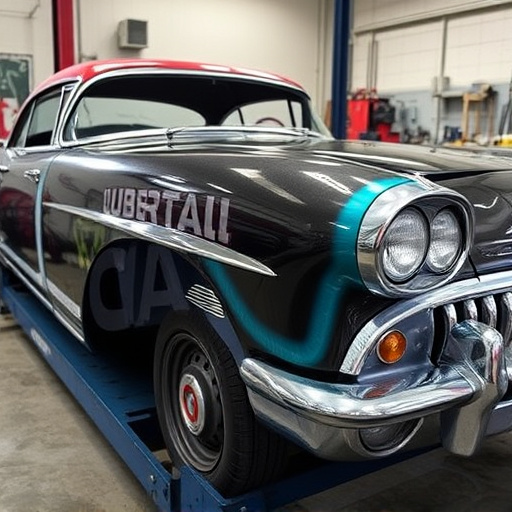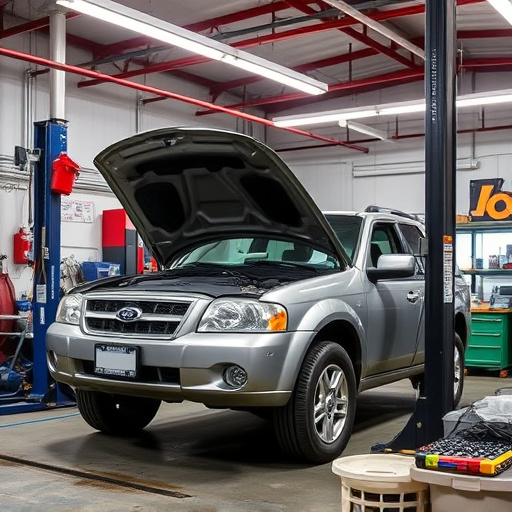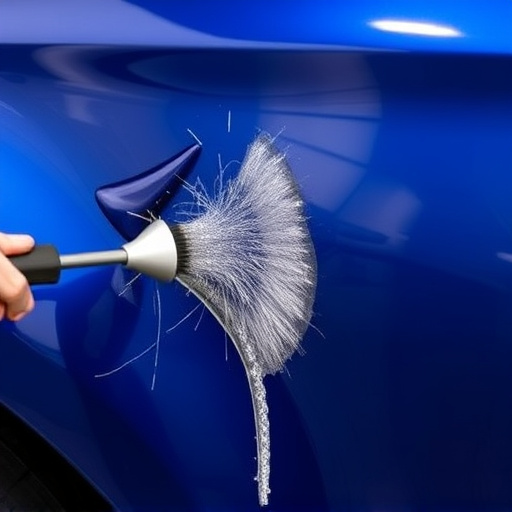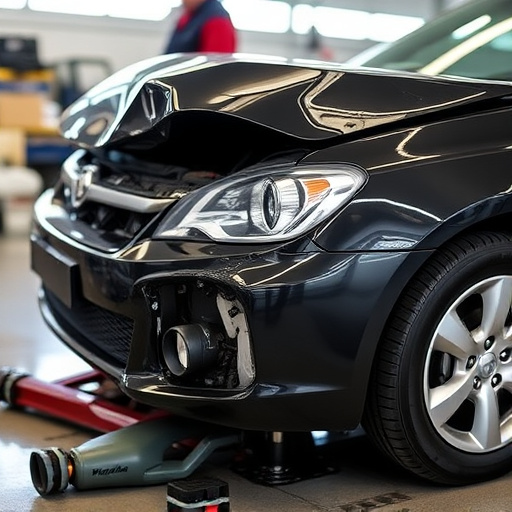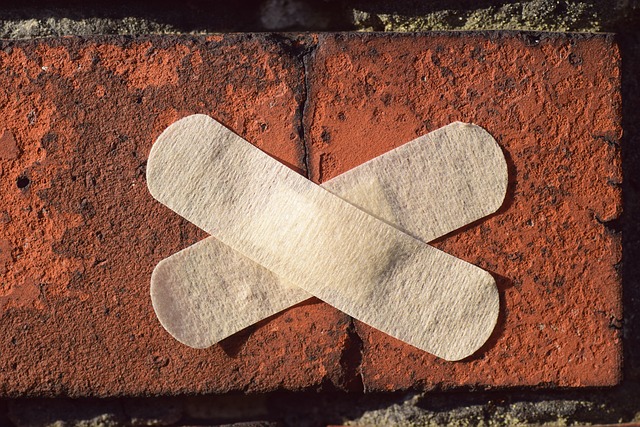The carpet replacement collision process is a meticulously documented, multi-step procedure ensuring seamless integration of new carpets into damaged vehicles. Effective documentation serves as a transparent bridge between insurance companies, repair professionals, and vehicle owners, fostering trust, preventing misunderstandings, and ensuring fair compensation. Comprehensive record-keeping includes damage assessment, restoration procedures, material usage, before-and-after photos, and selection details for replacement carpets. This approach optimizes collision processes, enhances craftsmanship, and ultimately contributes to positive customer satisfaction and high-quality auto body repair standards.
In the event of a carpet replacement due to collision damage, proper documentation is essential for a seamless claims process. This article delves into the intricacies of carpet replacement collisions, highlighting the critical role of detailed records in efficient claims handling. We explore best practices for creating comprehensive documentation, ensuring fairness and swift resolution for all parties involved. By understanding these processes, you’ll be better equipped to navigate carpet replacement collision scenarios effectively.
- Understanding Carpet Replacement Collision Processes
- The Role of Documentation in Ensuring Efficient Claims Handling
- Best Practices for Creating Comprehensive Carpet Replacement Documentation
Understanding Carpet Replacement Collision Processes

Carpet replacement collision processes are intricate, involving multiple steps to ensure the seamless integration of new carpets into vehicles post-damage. This process demands meticulous documentation to track every detail from assessment to installation. Proper documentation facilitates accurate record-keeping, enabling automotive repair professionals to refer back and maintain consistency throughout the restoration process.
Effective documentation in carpet replacement collision also serves as a bridge between various stakeholders—from insurance companies to vehicle owners—by providing transparent evidence of the extent of damage, repair procedures undertaken, and final outcomes. This is crucial for ensuring fair compensation, fostering trust, and facilitating smooth post-collision experiences, ultimately contributing to positive customer satisfaction alongside high-quality collision repair standards.
The Role of Documentation in Ensuring Efficient Claims Handling

Documentation plays a pivotal role in streamlining the claims handling process for carpet replacement in collision scenarios. Detailed records ensure that all parties involved—from insurance providers to repair shops—have a clear understanding of the extent of damage, the steps taken for car body restoration, and the materials used. This transparency is crucial in avoiding misunderstandings and delays, facilitating a smoother and more efficient claims settlement.
Moreover, proper documentation serves as a critical reference point during auto collision repair. It helps maintain accountability, ensuring that the replaced carpets meet the required standards and specifications. Accurate records also enable insurance companies to verify the necessity and cost-effectiveness of the auto body services provided, safeguarding both the client and the service provider from potential disputes.
Best Practices for Creating Comprehensive Carpet Replacement Documentation

Creating comprehensive carpet replacement documentation is a vital part of efficient collision processes, ensuring that every detail related to the auto body painting and restoration is accurately recorded. The best practices involve meticulous record-keeping, from initial assessment to final installation. This includes detailed notes on the type and extent of damage, measurements of affected areas, and photographs capturing both the before and after states.
Additionally, documenting the selection process of replacement carpets—including brand, color, and material specifications—is crucial. Incorporating paintless dent repair techniques where possible can also be documented, showcasing the skills and methods employed. For instance, noting specific tools and technologies used in automotive collision repair can provide valuable insights into the level of craftsmanship and precision applied during the carpet replacement process.
In the realm of carpet replacement collisions, efficient documentation is a game-changer. By meticulously recording every step of the process, from assessment to installation, professionals can navigate the complexities of claims handling with ease. This not only ensures faster resolution times but also fosters trust and transparency for all parties involved in these bustling collision scenarios. Adopt best practices outlined in this article to create comprehensive documentation that serves as a testament to the integrity and quality of carpet replacement services.


